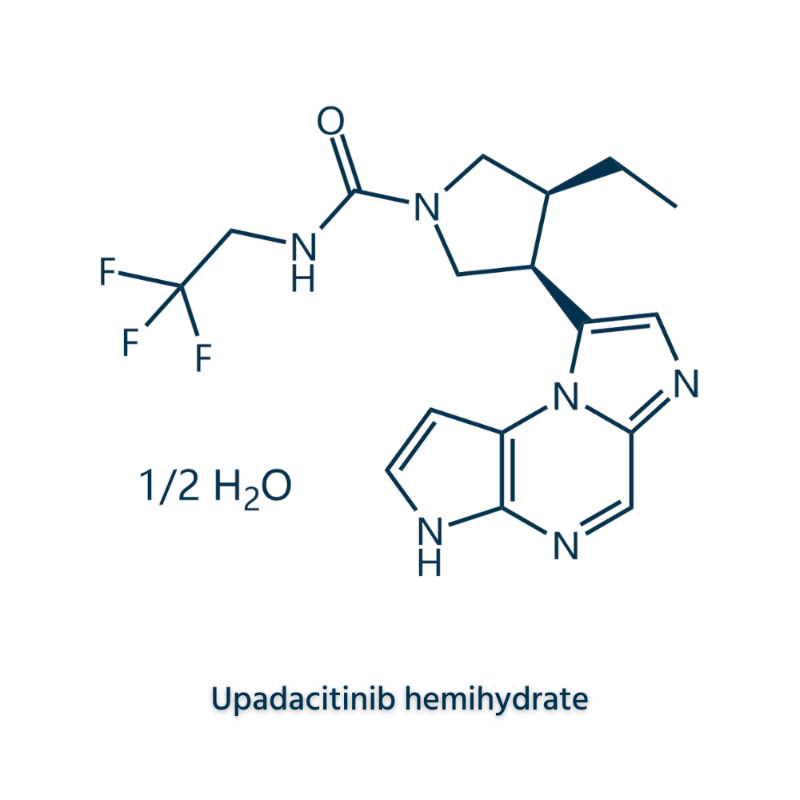-
Categories
-
Pharmaceutical Intermediates
-
Active Pharmaceutical Ingredients
-
Food Additives
- Industrial Coatings
- Agrochemicals
- Dyes and Pigments
- Surfactant
- Flavors and Fragrances
- Chemical Reagents
- Catalyst and Auxiliary
- Natural Products
- Inorganic Chemistry
-
Organic Chemistry
-
Biochemical Engineering
- Analytical Chemistry
-
Cosmetic Ingredient
- Water Treatment Chemical
-
Pharmaceutical Intermediates
Promotion
ECHEMI Mall
Wholesale
Weekly Price
Exhibition
News
-
Trade Service
The SYMPHONY (NCT04862780) study is the first - in- human Phase 1/2 open-label clinical trial of BLU-945 to evaluate the safety of BLU-945 alone and in combination with osimertinib in patients with EGFR-TKI-resistant advanced NSCLC , tolerability and efficacy
BLU-945 NSCLC
BLU-945 is a next-generation product from BluePrint and is currently undergoing several clinical trials
BLU-945 is a next-generation product from BluePrint and is currently undergoing several clinical trials
Preclinical data show that BLU-945 is highly sensitive to EGFR L858R, L858R/T790M, Del 19/T790M, L858R/C797S, L858R/T790M/C797S, Del/T790M/C797S, while combined with osimertinib or BLU-701 can Enhanced potency against Del19 and Del19/C797S mutations, see Figure 1
BLU-945 is highly sensitive to EGFR L858R, L858R/T790M, Del 19/T790M, L858R/C797S, L858R/T790M/C797S, Del/T790M/C797S, and combined with osimertinib or BLU-701 can enhance the sensitivity to Del19 and Del19 The potency of the /C797S mutation is shown in Figure 1
The clinical design of the SYMPHONY (NCT04862780) study is shown in Figure 2
※Baseline characteristics of patients
※Baseline characteristics of patientsIn the dose escalation phase, as of March 9, 2022, a total of 33 patients with EGFR-mutant advanced NSCLC in 5 cohorts received BLU-945 monotherapy 25mg-400mg once daily
Median patient age was 61 years, 70% female, 42% Caucasian, 55% Asian, 67% never smoking, 94% PS 0-1, 64% brain metastases, 97% osimertinib used, 79 % have experienced more than three lines of treatment
On the first day of the first course of BLU-945, FoundationOne liquid biopsy platform was used to detect cell-free DNA in peripheral blood of patients, of which 4 patients had no data, 8 patients had no EGFR mutation detected, 1 patient only had T790M, and 6 patients only had L858 Or Del 19, 1 L858 or Del 19/C797S, 1 L858 or Del 19/T790M, and 11 (33%) C797S triple mutations
※Clinical results
※Clinical results
Figure 4 shows the comparison results of cell-free DNA content in peripheral blood on day 15 and day 1 of the first course of BLU-945
When all dose levels were included, 81% of C797S levels decreased on BLU-945 day 15, while at the 400 mg dose level, both T790M and C797S levels decreased in all patients, including three to undetectable
The antitumor efficacy of BLU-945 was proportional to dose, with tumor shrinkage observed at dose levels above 200 mg once daily, including 1 unconfirmed partial response, see Figure 5
Patient 1 in Figure 5, a Caucasian female, 69 years old, with no smoking history, stage IV NSCLC at the time of diagnosis, has undergone platinum-containing chemotherapy, erlotinib and osimertinib, the best response is stable disease, peripheral blood The test result was EGFR Del 19/T790M/C797S, multiple brain, bone, liver, retroperitoneal and mediastinal lymph node metastasis
Patient 2, an Asian female, 70 years old, with no smoking history, was diagnosed with stage IVB NSCLC, experienced osimertinib, sivotinib and platinum-based chemotherapy, multiple lung and left femoral metastases, and the peripheral blood test result was EGFR L858R /T790M/C797S
※safety
※safetyBLU-945 was well tolerated, and in the phase 1 dose-escalation trial, no grade 4 and 5 adverse reactions, interstitial lung disease and QTc interval prolongation events were found, and no patients were permanently discontinued due to adverse reactions
.
At 400 mg once a day, 1 case of dose-limiting toxicity was found, and grade 3 liver transaminases were elevated.
After the drug was suspended, the drug was continued after the symptoms were relieved
.
Adverse reactions related to wild-type EGFR inhibition were mild, with rash in 3%, dry skin in 3%, and diarrhea in 9%, all grade 1
.
No episodes of paronychia were observed
.
The maximum tolerated dose of BLU-945 remains undetermined, and a once-daily dose of 600 mg is currently being explored
.
leave a message here







